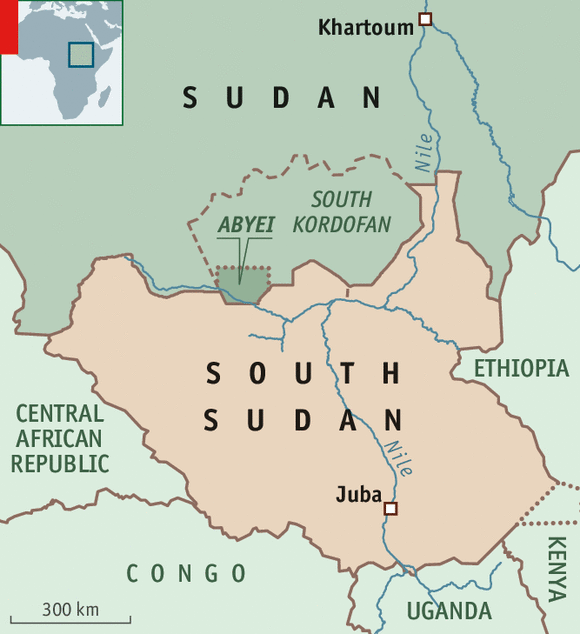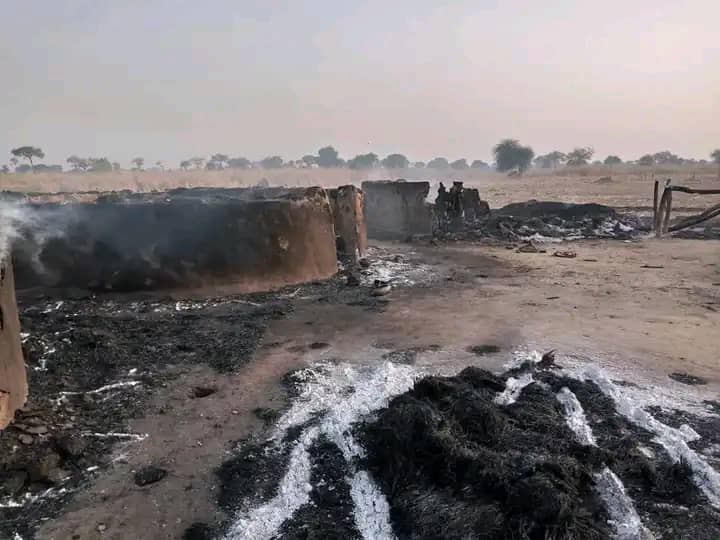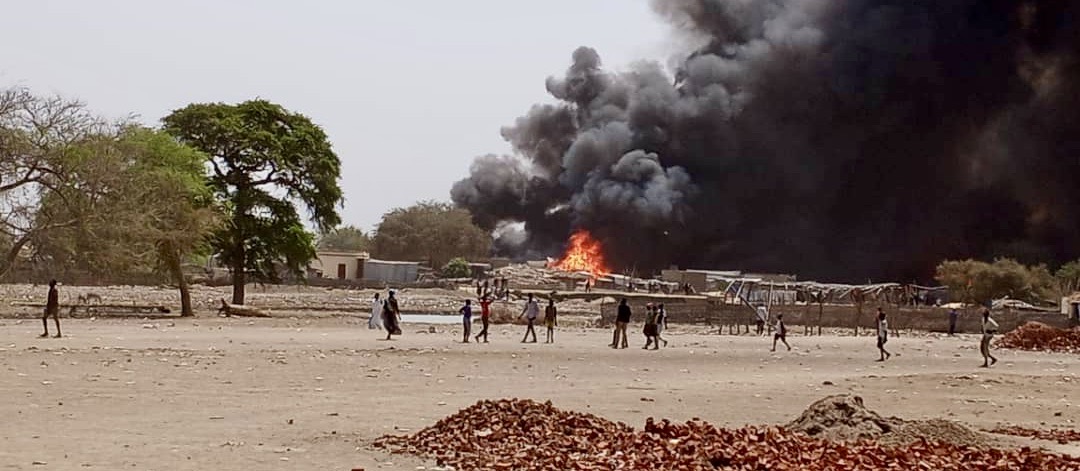Between a rock and a hard place: escalating violence in Abyei
10 March 2022
For the Ngok Dinka living in Abyei, the restive and disputed border region between Sudan and South Sudan, even a phone call can cause distress.
According to local sources, suspected Arab militiamen are threatening members of the Ngok Dinka community via phone calls, claiming they are coming to attack the state capital, Abyei town, and clear the Ngok Dinka community out of the region. Rumours are spreading among the community that many heavily armed militiamen from the Misseriya tribe are preparing to attack the town.
Their fears are justified.

On 5 and 6 March, at least 33 people were killed after suspected Misserya militiamen attacked the Ngok Dinka community in Mading-Thon and Kuol-Bol villages, areas west of Abyei town. “This is the second attack, another attack happened on Saturday, but the tragic one was on Sunday when armed men, some riding horses, attacked Mading-Thon and Kuol-Bol areas,” said Abyei State Spokesperson Deng Ajak. “The area is a hard situation to describe. Most of those killed were elderly.”
Fleeing the violence, many fled to Abyei town and sought protection at the gates of the United Nations Interim Security Force for Abyei (UNISFA), a peacekeeping force set up in the disputed area since 2011. The masses that huddled at the gate were in a state of panic, eyewitnesses told Ayin, as rumours continue to spread of an impending attack by the Misseriya.
“If the rumours continue there certainly will be more panic and displacement,” says UNISFA Spokesperson Daniel Adekera. “We had quite some people taking refuge outside of our main gate. But we deployed troops around the town and assured them of protection and protection so, with that understanding, they went back to their houses. We also increased patrols around the town.”

The Abyei area – 4,000 square miles of desert, farmland and oil fields – has been a source of conflict for decades. Until recently, the conflict has largely been between the Ngok Dinka and the Misseriya herders who continue to migrate through the area each dry season. The area was meant to be demarcated between Sudan and South Sudan since the latter’s independence in 2011, but the border remains in dispute.
“Like most conflicts in the world, the core reasons generally focus on resources – here it is water and grass,” Adekera said. “During the dry season, herders are forced to look southwards for grass and water, and sometimes when they encounter the Dinka community, conflict ensues.”
Inter-ethnic conflict
But now the Ngok Dinka are facing conflicts from two fronts – the north and the south.
Since 10 February, a series of inter-ethnic conflicts within the Dinka community has taken place, largely between the Twic-Dinka and Ngok-Dinka. At least eight attacks in different locations have taken place since last month –the latest violence occurred just moments after a peace agreement was signed between the two communities. At around 3 am Wednesday morning, gunmen believed to be from the Twic community burnt down houses, including a primary health centre in Malual Alueo, Kor-Reuc and Malou villages, according to eyewitnesses. The attackers came in a huge number, eyewitness Arop Santino told Ayin, but the civilians were warned of the attack and had already evacuated the area.

The attack also took place just hours after a joint statement was signed by leaders from both communities in Juba that called on their respective communities to desist from further violence and requested additional government security to safeguard the area.
While the Misseriya claim ownership of the land north of Kiir River in Abyei, the Twic community claim the land south of the river. The latter conflict is something new to UNISFA. “This is the first time there have been open clashes – certainly there were misunderstandings in the past – but we never expected it would take this dimension. According to the statement by Twic-Ngok leaders, this attack represents the first of its kind between the two communities since 1937.
Security gaps
This escalation of violence in Abyei is taking place at a time when UNISFA is struggling with a dearth of peacekeepers. In June, the United Nations agreed to replace thousands of Ethiopian forces within UNISFA on the request of Sudan in the wake of the eastern border dispute between the two countries. The move was questioned by South Sudanese lawmakers. With the reconfiguration and phased repatriation of Ethiopian forces, UNISFA is experiencing a security vacuum as they wait for replacement troops to arrive, Adekera says.
In the meantime, many within the Dinka community feel stuck between a rock and a hard place –unable to flee to the north or the south as the inter-communal and inter-tribal conflicts continue.
Ultimately, the solution to Abyei’s problems lies on the shoulders of the two country’s leaders.
In May 2021, South Sudan President Salva Kiir formed a committee to commence dialogue with Sudan over the disputed Abyei region. The committee was formed after an attack on civilians in Dunguop village near Abyei town that resulted in the death of at least 11 people. No findings have been made public since the committee’s formation.
“While we continue to maintain peace – the solution really lies between the two governments,” Adekera said. “We wish they would bring the Abyei issue to the front burner in such a way that development will finally come to the area.”


